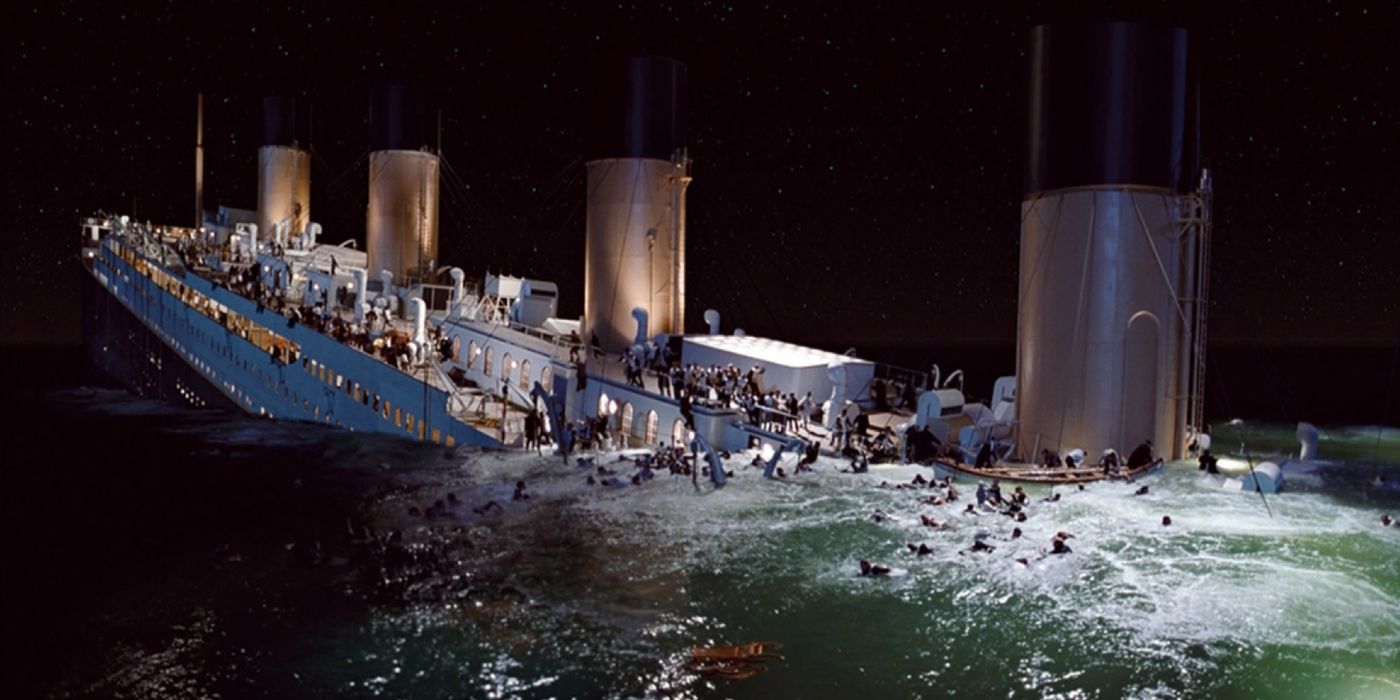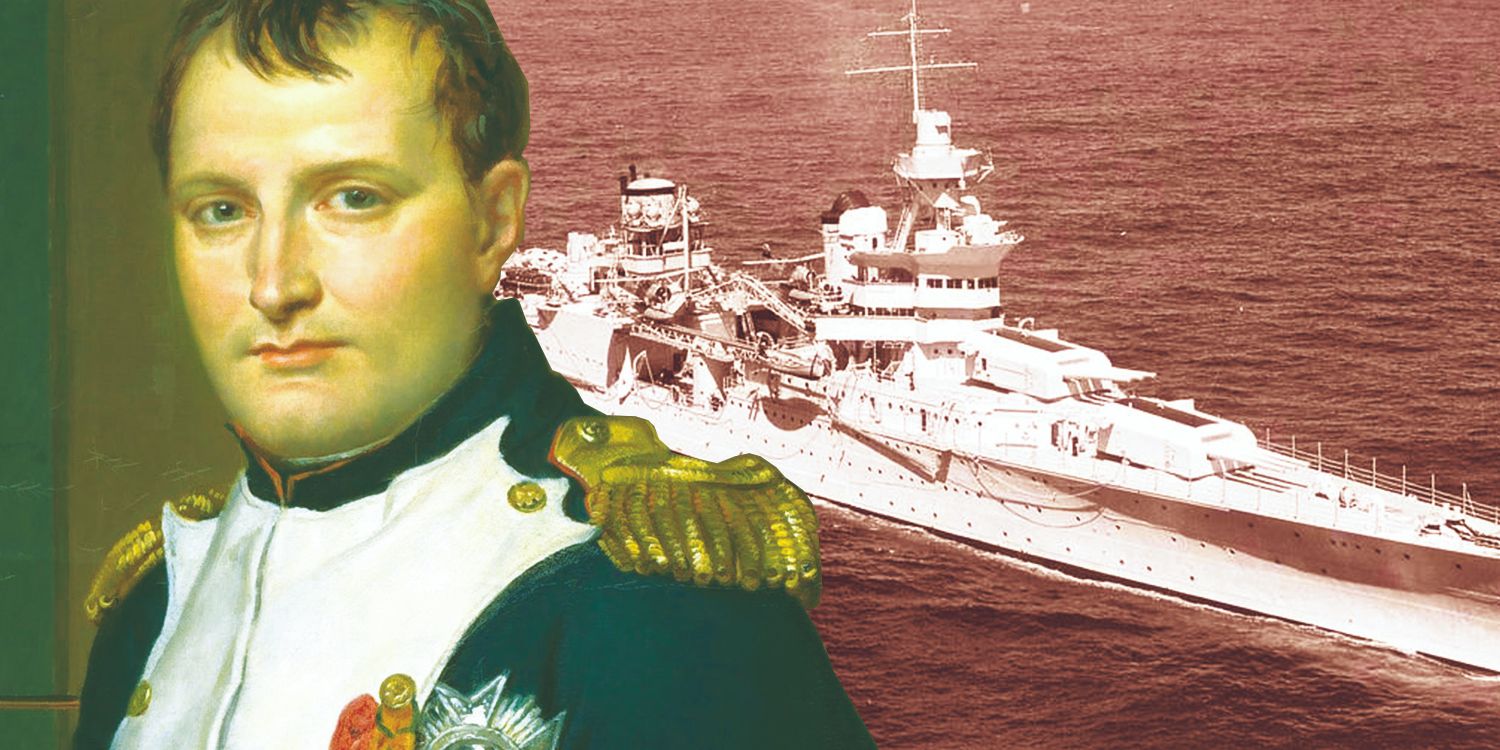James Cameron’s Titanic gets put under the microscope, with a real cruise ship captain analyzing the movie for its accuracy. Released in 1997, Titanic remains one of Cameron’s most acclaimed films, telling the love story of Jack (Leonardo DiCaprio) and Rose (Kate Winslet) aboard the doomed vessel in 1912. The latter sections of the film depict the sinking of the titular vessel after it hits an iceberg, and they remain breathtaking sequences to this day.
Now, cruise ship captain Wendy Williams assesses Titanic‘s realism in a new video from Insider, finding that the movie gets a lot correct.
Williams compares the events of the film to how such a disaster would be handled today, ultimately awarding the movie a strong grade for its realism. Check out Williams’ assessment below:
“I don’t think that the crew of the Titanic were even expecting ice. Where as now, it’s part of the training. With any incident on board, there’s checklists of things. But there are initial actions for something that may involve striking or grounding or hitting another vessel, and that is to close all the watertight doors.
“What they called watertight compartments were not actually watertight. So they actually put doors through what should’ve been watertight compartments. And what happened was that the vessel progressively flooded.
“If a ship were to have a strike, there may be the need to be in a water-filled or water-filling area and have to do exactly what Jack and Rose did. Unfortunately, they got to the top of the stairs and things were locked. That doesn’t happen. There are emergency escapes that everybody is trained for. You have to hold an emergency drill.
Is it advisable to go up or down? I mean, the ship is sinking. You’re going to do what you’re going to do. The fight-or-flight kicks in, and we would just be grappling to find the highest point before succumbing to having to be in the water.
“Some people, in a situation where the ship is not actually sinking, they choose that jumping into the water is the safest method. My view, and what I tell everybody in training, is that your ship is your biggest lifeboat. You don’t want to be in one of those little boats unless you absolutely have to. In this case, a lot of people died because they could not safely get off the vessel.
“I think it’s like an eight [out of 10]. It was really well done and I would imagine that it’s really similar to that event.”
How Titanic’s Sinking Scenes Were Brought To Life

Cameron has always excelled with big, effects-heavy sequences, and Titanic is no exception. Although the film does have certain moments that now look a little dated, many of the sinking scenes toward the end of the movie still hold up very well. The director used a combination of methods to pulls these scenes off, with all of them culminating in a tragic but breathtaking sequence.
Cameron’s decision to build a full-scale replica of the Titanic lends the sinking sequences a true sense of realism. The replica was built on a gimbal at Baja Studios in Mexico, which was constructed specifically for the movie’s filming. Cameron recently revealed that building a seaworthy recreation of the craft was actually an option he considered, but he decided against it as he only would’ve gotten one shot at sinking it.
In addition to the full-scale Titanic replica, which could tilt on an axis, Cameron also makes clever use of miniatures for certain wide shots of the destruction. Of course, Cameron is also very well-known for his contributions to the world of digital effects, and Titanic does feature visual effects that have largely stood the test of time.





